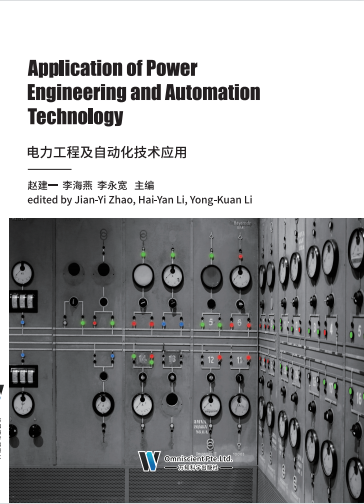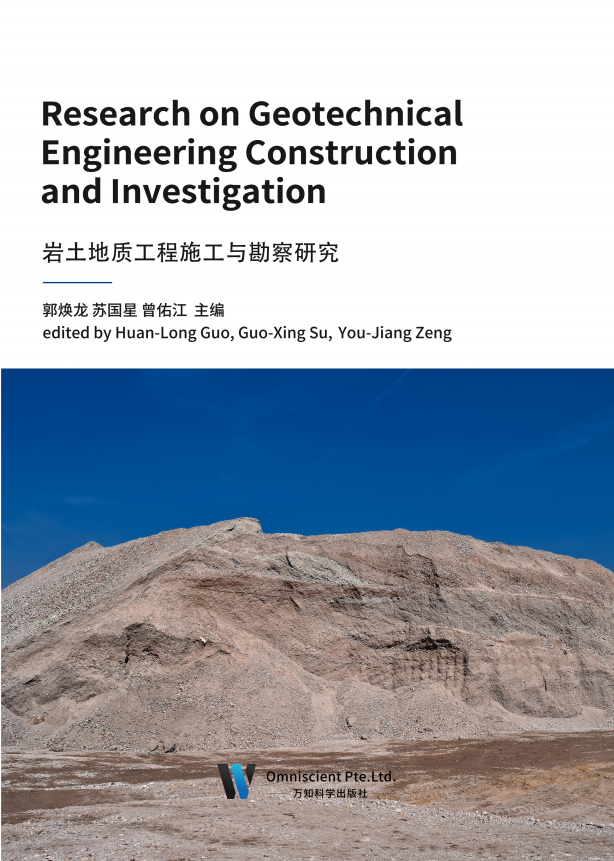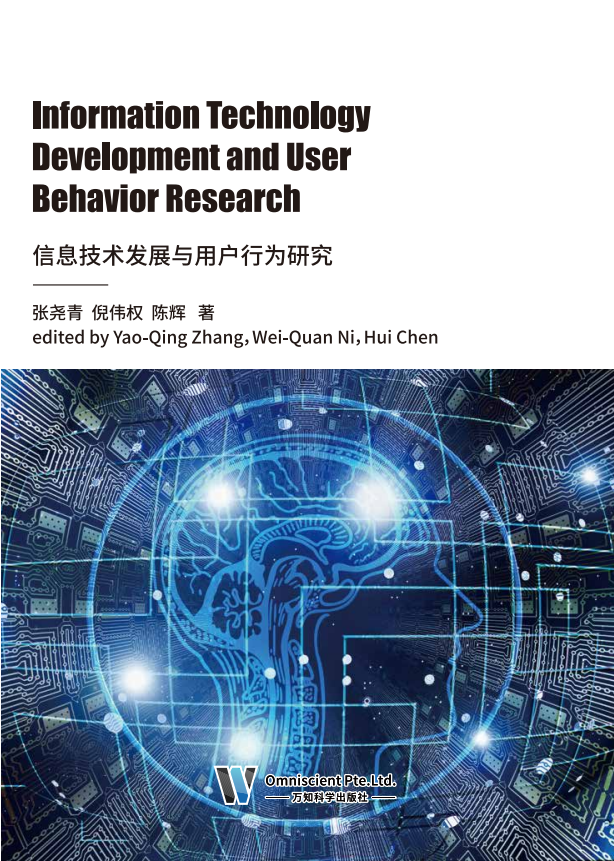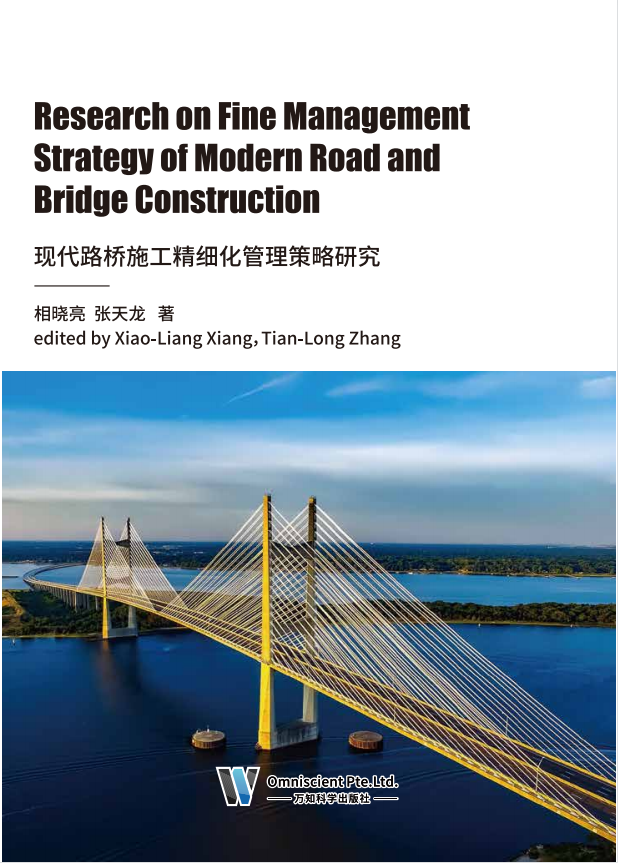
现代电力工程是与我们每个人都息息相关的、影响到我们生活方方面面的工程 技术,而自动化控制同样也是科技发展对于现代行业发展所产生的红利,尤其是对电 力工程,通过电气自动化控制技术能够避免传统人为控制过程中所存在的盲区或者误 差,实现对于电力工程的时刻监控,确保电力工程的安全有效运行实施,降低工作人 员工作强度的同时还可有效提升设备运行效率。 当今世界信息技术飞速发展,电气自动化和智能化的运用越来越广泛,电气系 统和设备的控制也越来越重要。电气系统需要按照专业化的系统控制要求,才能更好 地促使其自动化系统的形成,为电气控制系统更好地应用于社会生活奠定基础。而随 着电气自动化技术的不断发展,电气设备和系统控制过程中对专业化的要求也越来越 高,电气自动化行业的相关从业人员必须通过更加专业化、系统化地学习和研究,来 适应这种科技与社会的进步。 本书主要对电力工程及自动化技术应用进行研究探讨。电气自动化控制系统对信 息采集具有快速准确的要求,同时对设备的自动保护装置的可靠性以及抗干扰性要求 很高,电气自动化具有优化供电设计、提高设备运行与利用率、促进电力资源合理利 用的优点。

随着市场经济的快速发展,电力工程施工现场管理的作用不断凸显。但是,企业 只有不断加强电力工程施工现场管理,才能适应时代发展需求,才能提升企业的经济 效益,推动企业的快速发展。加强电力工程施工现场管理可以保证工程施工的顺利进 行,也是对以下因素的有效保障:一是人力,二是财力,三是物力,四是信息。电力 工程施工现场管理成效不仅影响企业的经济效益,也会影响企业的名誉和社会地位。 如今,社会竞争越来越激烈,企业只有加强电力工程施工现场管理,才能让企业在激 烈的社会竞争中立于不败之地。电力工程施工现场管理已经成为企业管理工作的重中 之重,可以把其他环节连接在一起,各个环境互相作用,互相制约,进而提高企业的 整体管理水平。 电力工程建设中的项目管理是输变电工程建设的核心组成部分,其可保障电力 工程各个项目有条不紊地进行,例如,电力工程建设项目的初期定位、项目进程管理 以及项目维护管理等等。电力工程是一项复杂的系统性的工作,电力施工企业项目管 理,要根据自己的施工特点,人员结构,本着安全、优质、高效的原则,制定符合本 项目的管理方法和严谨有效的切实可行的规章制度,并切实贯彻执行。我国电力工程 施工建设发展速度加快,市场竞争异常激烈,同时也促进了我国经济健康有序的良好 发展。但是随着电力工程施工行业竞争加剧,电力工程施工管理问题更加突出,给电 力工程施工管理人员带来很大压力。加强电力施工建设现场的管理非常紧迫。 本书旨在对电力工程的管理进行研究,通过该书的相关研究,希望能够建立良好的 管理模式,推动我国电力行业的发展与国民经济的进步。我国电力工程的飞速发展也取 得了可喜成绩,积累了雄厚的技术实力。必须加强人员队伍建设,提高责任意识,规范 管理工作流程,切实提高管理的有效性,促进电力工程管理水平的进一步提高。

我国的社会经济与科学技术等多个方面正在迅猛发展,同时建设项目相关技术也在不断地发展与进步,其中地质勘察是项目建设中必不可少的环节之一,地质勘察结果的准确性,对整个项目有着积极重要的影响,如果地质勘察结果不准确、不可靠,将会影响项目施工的开展与施工进度。如今,地质勘察与岩土勘察工程也在不断地进步与发展,进一步提高了项目建设的安全性。地质勘察与岩土勘察工程的关系是密不可分的。岩土工程的勘察属于一项具有综合性特征的地质调查的工作。其目的在于通过各种类型的勘察方法与测试手段,调查研究建筑场地,对地质条件以及工程对地质环境影响进行分析和判断,确保地基与上部结构工作情况下,地基在稳定性、强度以及避免过大的沉降变形各项措施,并分析提出关于地基方面的承载能力,且提供工程施工 过程中所必要的岩土工程相关资料。通过详细分析地质勘察与岩土勘察工程,能够保证地质勘测数据得到有效处理,进一步提升岩土勘察数据的准确性。对于地质勘测人员来说,要结合岩土勘察工程中的各项数据,进行统一合理的分析,有效避免水文地 质灾害问题的出现,提升岩土勘察工程的稳定性。本书是一本关于岩土地质工程施工与勘察研究的专著,首先,对岩土勘察的相关工作内容进行介绍;其次,对岩土工程施工技术进行介绍,通过对岩土的勘察,能够了解施工的地质情况,提高工程的质量和安全,为相关人员提供参考。

信息在人类社会和自然界中的存在是普遍的,是物质及其运动形态的体现。信息的合理组织、资源的深层开发和基于数字化、网络化的全方位、多功能信息服务的开展,已成为关系社会全局的关键问题,由此决定了以用户信息需求为导向、以信息技术为平台、以信息资源深层开发为基础的现代信息服务组织理论的形成和发展。信息化环境中的科技、经济发展和社会进步,导致以数字信息技术广泛应用为前提的面向用户信息服务组织机制的形成。一方面信息技术设施建设和网络发展,使基于网络的 信息服务业务不断拓展,由此确立了以用户的社会化需求为导向的服务组织模式;另一方面,基于内容开发和知识挖掘的信息服务不断深化。显然,在信息管理的理论与实践发展中,信息服务与用户始终处于重要位置。社会化网络服务研究体系庞大、内容繁多,而本书选取其中的一个方向——基于用户关系的信息推荐服务,展开相关的研究工作。具体内容包括从信息技术基础和计算机网络技术与运用出发,根据当前社会化网络服务的个人云储存用户采纳行为,个人信息需求在数量、速度、内容和载体上都产生新要求,而传统个人信息管理设备,难以满足个人信息管理在海量信息存储、随时随地存取和信息共享方面的需求。本书分析基于社会化行为而形成的用户社交问答需求与平台的构建,及其用户信息需求的 分析和行为机制,旨在能帮助用户的个人存储服务;最后,从用户关系的信息传播机制与影响作用进行深入研究,深化用户的信息服务工作。本书在研究过程中参考了国内外大量的文献资料,借鉴并吸收了其中的研究成果和思想,在此向有关作者致以深切的谢意。书中难免存在不尽完善之处,也可能存在 一些疏漏。对此,恳请读者和专家指正。

随着我国经济的不断增长,城市化进程不断加快,道路运输建设不断完善,路桥工程项目得到了良好的进展。但是由于一些路桥工程在施工中没有做好精细化治理工作,导致施工效率低下,施工质量得不到提高。因此,如何采取有效措施来对施工项目进行精细化治理成为施工人员需要解决的问题。精细化管理既是一种企业理念,还是一种企业文化,它既是社会分工的精细化,也是服务质量的精细化。路桥施工项目的精细化管理是建立在常规管理基础上,关键在于落实施工管理责任,最大限度地明确化、具体化施工管理责任。施工企业对各项技术工作、技术活动以及与技术相关的各种生产要素进行计划、实施、总结和评价是企业的一项重要的系统管理工作,它需要严格贯彻国家、行业及地方有关的技术政策、规范和规程,在企业内建立施工技术管理体系,严格技术工作程序和责任制,保证施工质量和安全,提高施工效率,降低工程成本,增加经济效益。工程项目施工管理是施工企业管理活动在现场的延伸和具体化,可建立正常的技术工作秩序,落实技术方针政策,保证施工过程遵循技术规律,选用科学、先进、合 理适用的技术方案和施工方法,从而确保工程施工质量具有决定性的作用。本书属于现代路桥施工精细化管理策略研究方面的著作,由工程项目施工管理概述入手,对路基路面基础施工、桥梁施工、施工组织设计、施工技术基础管理进行全面分析介绍,还对施工质量控制、施工成本管理、绿色施工及施工风险防范进行了介绍,最后阐述了施工企业综合管理方面的内容,本书对路桥施工广大专业技术人员和项目管理领导者具有重要的参考价值。本书不仅适用于路桥工程施工建设领域,也对其他建设领域的施工项目技术管理工作具有重要的指导意义。撰写本书过程中,参考和借鉴了一些资料与论著,在此向他们表示深深的感谢。由于水平和时间所限,书中难免会出现不足之处,希望各位读者和专家能够提出宝贵意见,以待进一步修改,使之更加完善。